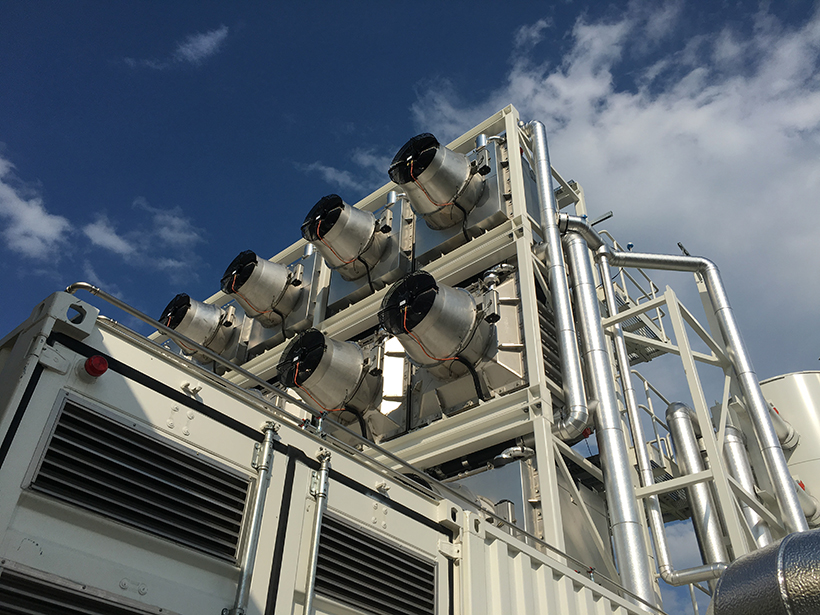Recent reports from the Intergovernmental Panel on Climate Change, as well as the United States’ National Climate Assessment, have highlighted the importance of deploying carbon removal solutions to meet our climate goals. A research agenda for studying biological and engineered solutions was the target of two recent reports from the National Academies. Yet understanding the human and societal dimensions of pursuing these possible carbon removal paths is still a nascent area of research.
A recent workshop with 50 participants from academia, nongovernmental organizations, businesses, and government was held jointly by Cornell University’s Atkinson Center, Carbon180, and the New Carbon Economy Consortium. Workshop attendees took a first step toward outlining a research agenda that more broadly integrates the social sciences, humanities, business, planning, architecture, and arts disciplines into carbon dioxide removal (CDR) research in support of a carbon-sequestering economy.
The workshop had several goals. First, it brought together researchers working across the disciplines that are critical to building the scholarship around carbon removal. Second, it sought to link socioeconomic research with that of the natural sciences and engineering to ensure that the research agenda coevolves holistically. Finally, the workshop sought to outline fundable cross-disciplinary projects that could stimulate collaboration among institutions across the United States and the world.

Introductory presentations from participants led to focused discussions on six broad research areas and identified specific questions to be addressed through integrated research.
1. Communication. How are public discourse and public opinion involving CDR different from public perceptions of other climate change solutions? Which groups (e.g., legislators, advocates, the general public) are the most critical targets for communicating about CDR?
2. Systems Transition and Social Justice. Are there historical analogues for systems transitions—the incorporation of new technology and practices into society—like the ones needed to address climate change? What systemic changes are required to deploy CDR solutions across the economy? How can we ensure that these systemic changes are socially just?
3. Policy and Governance. What policies—instituted at what level of governance—best spur CDR development and deployment? What unintended consequences of these policies can we anticipate? Does CDR require a new model for environmental policy and governance?
4. Finance and Business Models. What are the unique considerations and pathways for financing CDR relative to financing other potential solutions to climate change (e.g., mitigation or adaptation)? What are the business models that will best foster CDR development and deployment?
5. Stakeholder and Consumer Behavior. Is there demand for CDR, and how can we identify and meet that demand? How do individuals, corporations, governments, and other stakeholders assess and make decisions about CDR?
6. Design and Planning. The processes of design and planning are by nature iterative and experimental. What can we learn about implementation stumbling blocks and opportunities through the design and planning of CDR systems?
More information about the workshop and the New Carbon Economy Consortium can be found via the website of Cornell’s Reducing Climate Risk Working Group.
We thank the Atkinson Center and Carbon180 for their support of this workshop.
—Natalie Mahowald ([email protected]), Department of Earth and Atmospheric Sciences, Cornell University, Ithaca, N.Y.; also at Atkinson Center for a Sustainable Future, Cornell University, Ithaca, N.Y.; Jane Zelikova, Carbon180, Oakland, Calif.; and Catherine Kling, School of Applied Economics and Management, Cornell University, Ithaca, N.Y.; also at Atkinson Center for a Sustainable Future, Cornell University, Ithaca, N.Y.
Citation:
Mahowald, N.,Zelikova, J., and Kling, C. (2019), Studying the societal dimensions of atmospheric carbon removal, Eos, 100, https://doi.org/10.1029/2019EO130565. Published on 08 August 2019.
Text © 2019. The authors. CC BY 3.0
Except where otherwise noted, images are subject to copyright. Any reuse without express permission from the copyright owner is prohibited.

